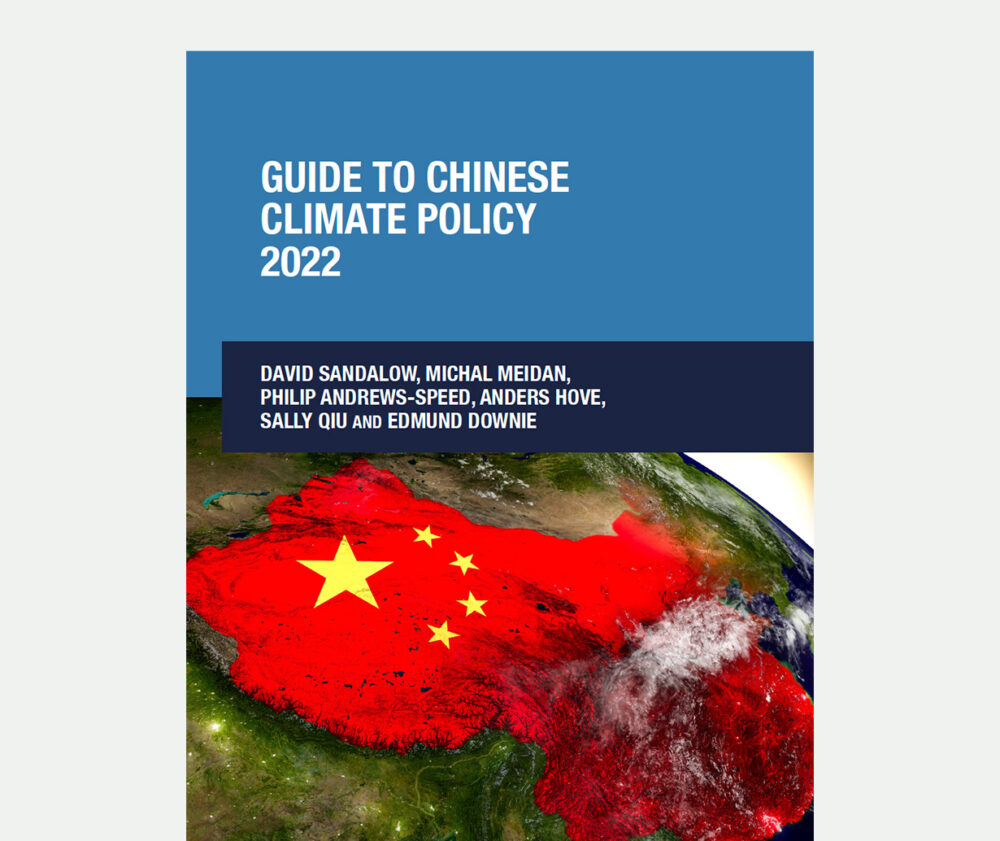In the Paris Agreement, more than 190 nations agreed to “hold the increase in the global average temperature to well below 2°C (3.6°F) above pre-industrial levels and pursue efforts to limit the temperature increase to 1.5°C (2.7°F) above pre-industrial levels” According to the Intergovernmental Panel on Climate Change, cumulative global CO2 emissions from the beginning of 2020 must be less than (i) 900 Gt, to have an 83% chance of meeting the 2°C (3.6°F) goal, and (ii) 300 Gt, to have an 83% chance of meeting the 1.5°C (2.7°F) goal. 64
China’s emissions will have a significant impact on the world’s ability to achieve these goals. For example, if China were to keep emitting CO2 at its current pace of 10–11 Gt per year, it alone will use up one-third of the global 2°C carbon budget by 2050 and one-third of the global 1.5°C carbon budget by 2032. 65 If China’s CO2 emissions increase during the 2020s, these goals become even harder to reach.
Of course, industrialized countries emitted far more CO2 than China during the past century. (CO2 stays in the atmosphere for many years once emitted.) Industrialized countries are responsible for most of the human-caused CO2 currently in the atmosphere and, in part for that reason, have agreed to take the lead in cutting emissions in the decades ahead. But however much other countries limit emissions in the decades ahead, China’s emissions will have a significant impact on the world’s ability to meet the agreed climate goals.
References

